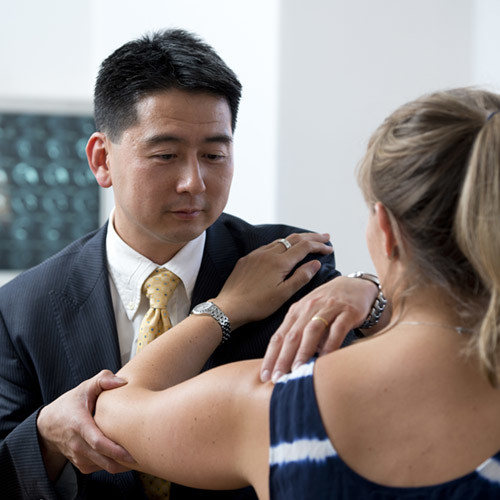Elbow Arthroscopy
Elbow arthroscopy is a minimally invasive surgery performed using a tiny device called arthroscope.
The elbow is the joint that connects the upper arm bone and the forearm bones. Elbow joint helps in movement of the arms forward, backward, as well as to twist the arms inside and outside. Elbow joint may get affected by inflammation, injury, or other disease conditions causing severe pain and requiring surgical treatment.
Conditions of the elbow that can be treated by arthroscopy include fractures, tennis elbow, stiffness, arthritis, and tear in the ligaments, and cartilage.







